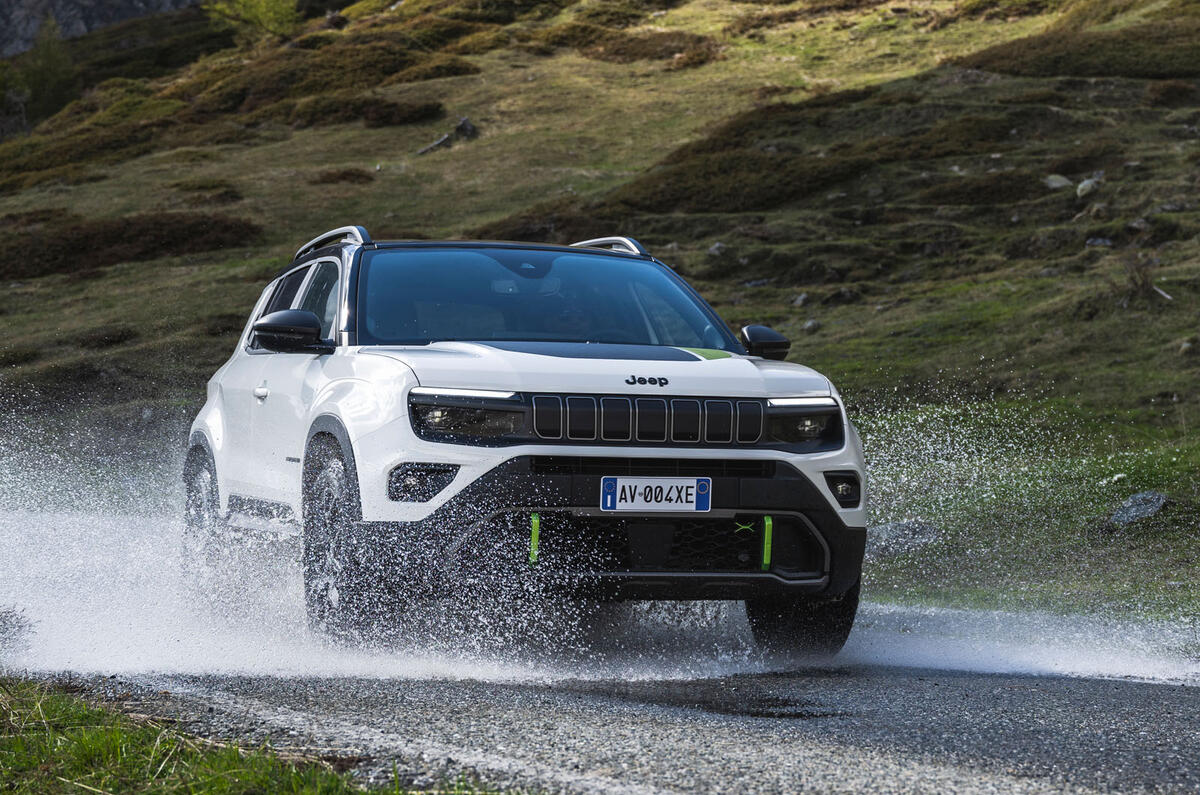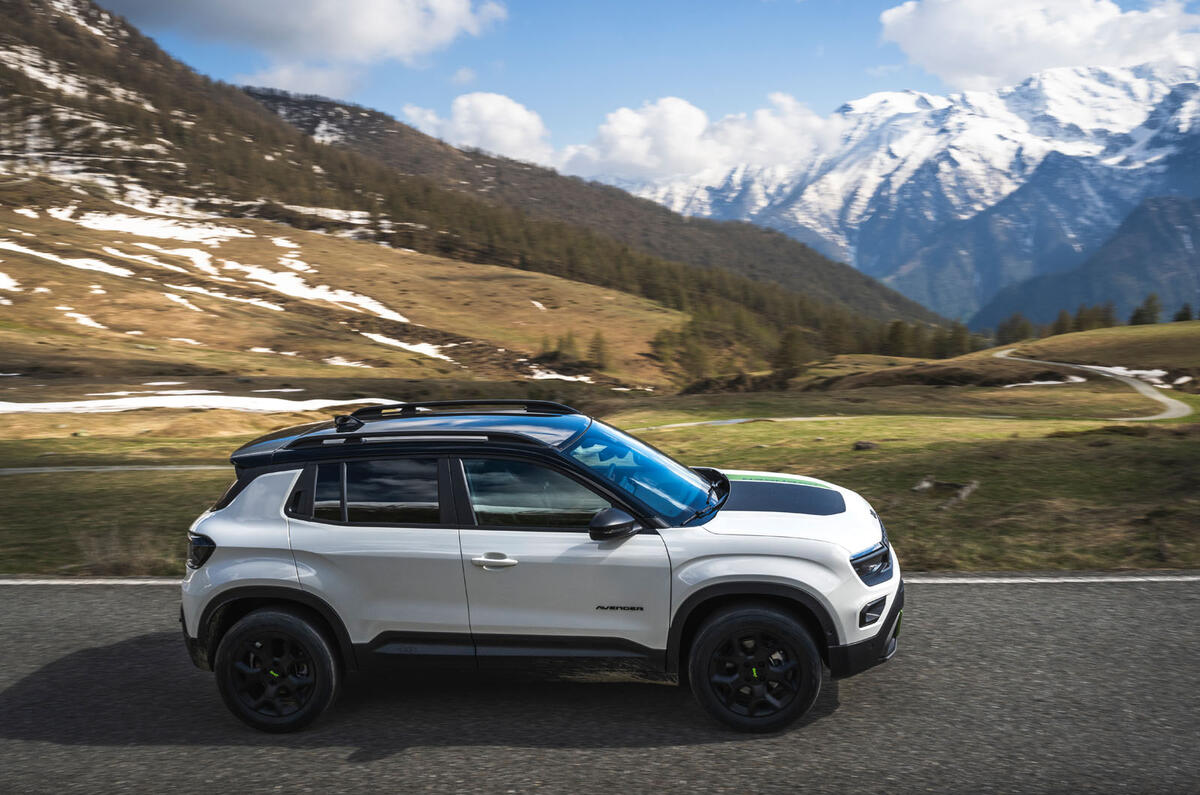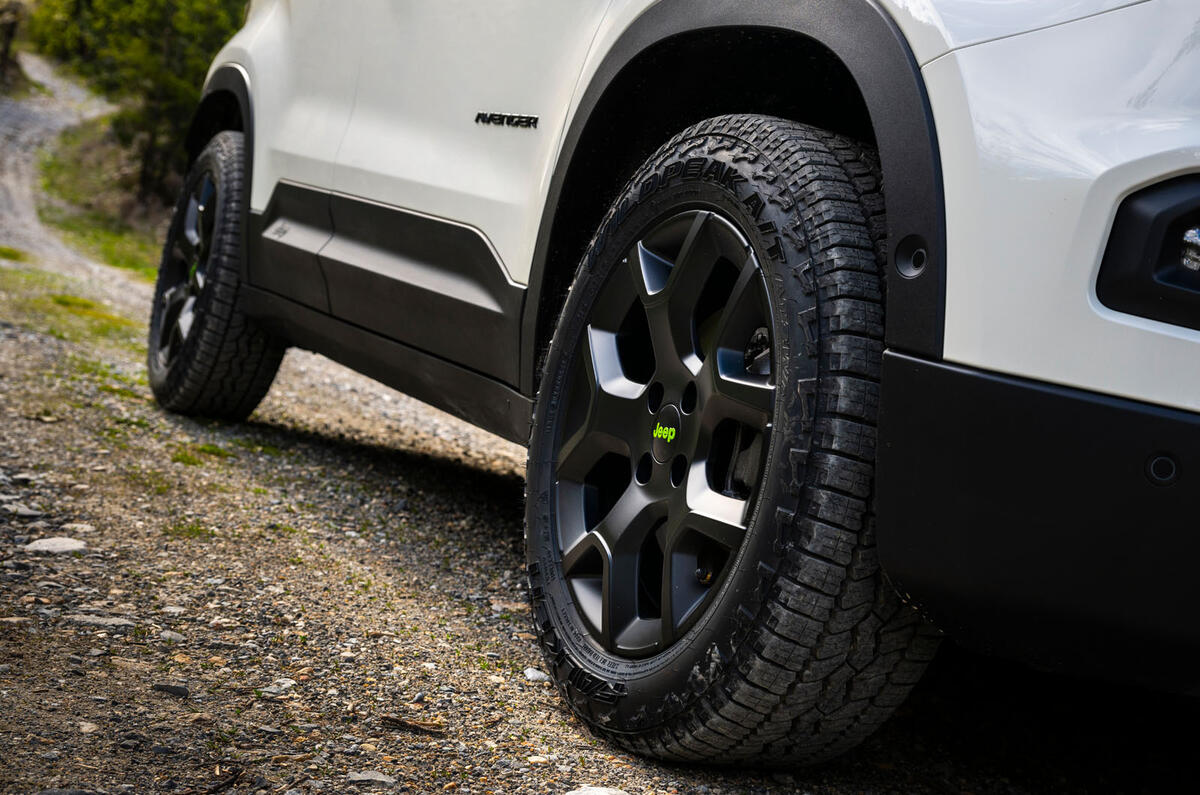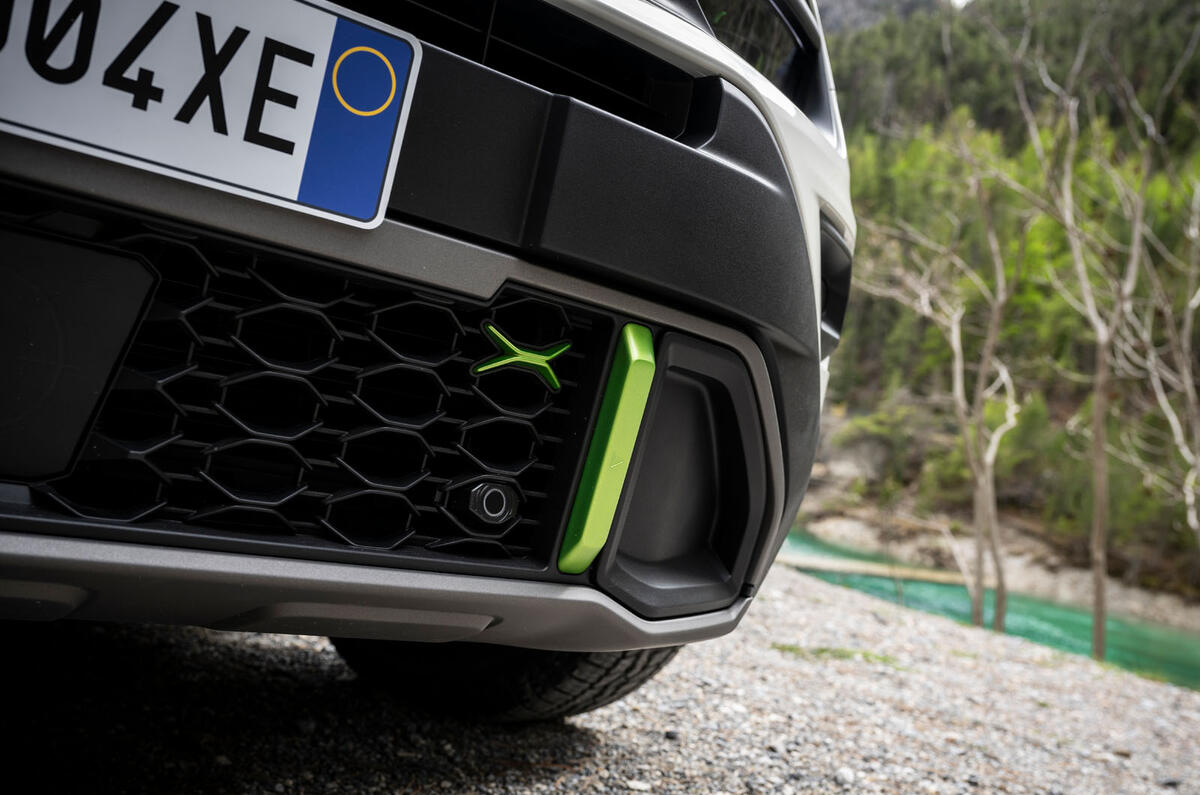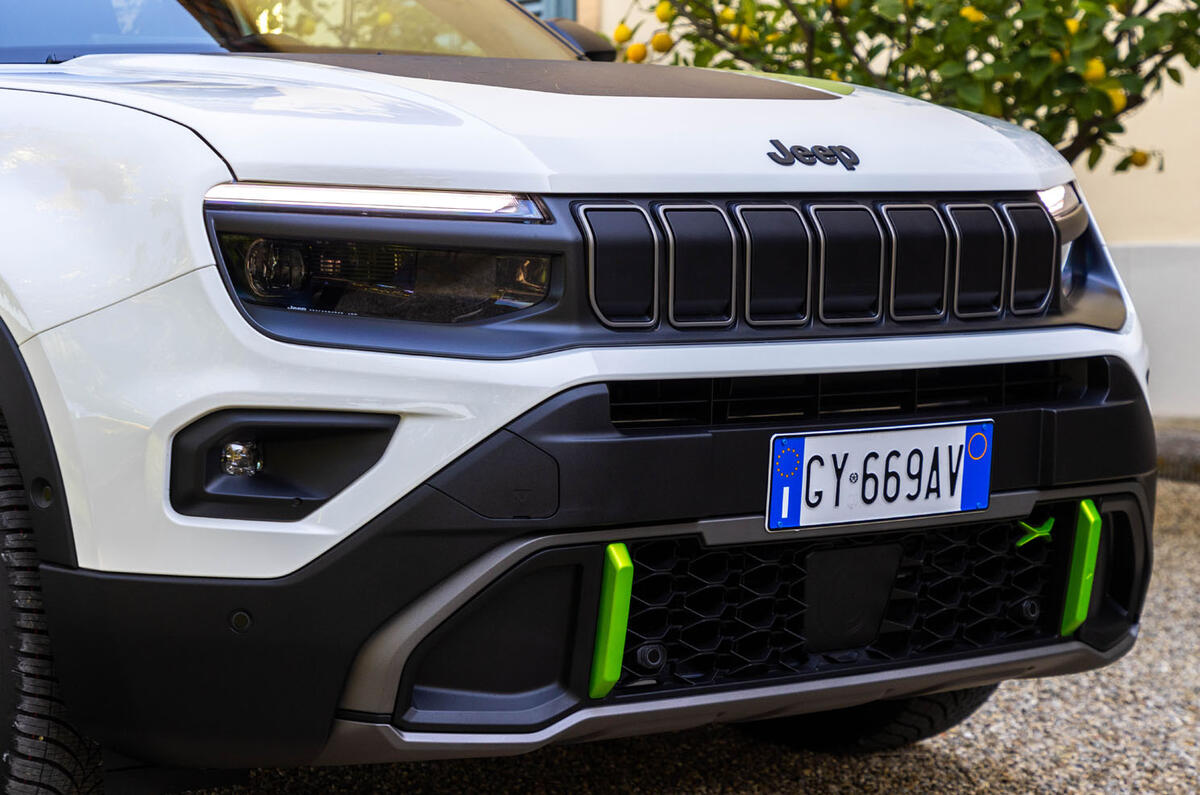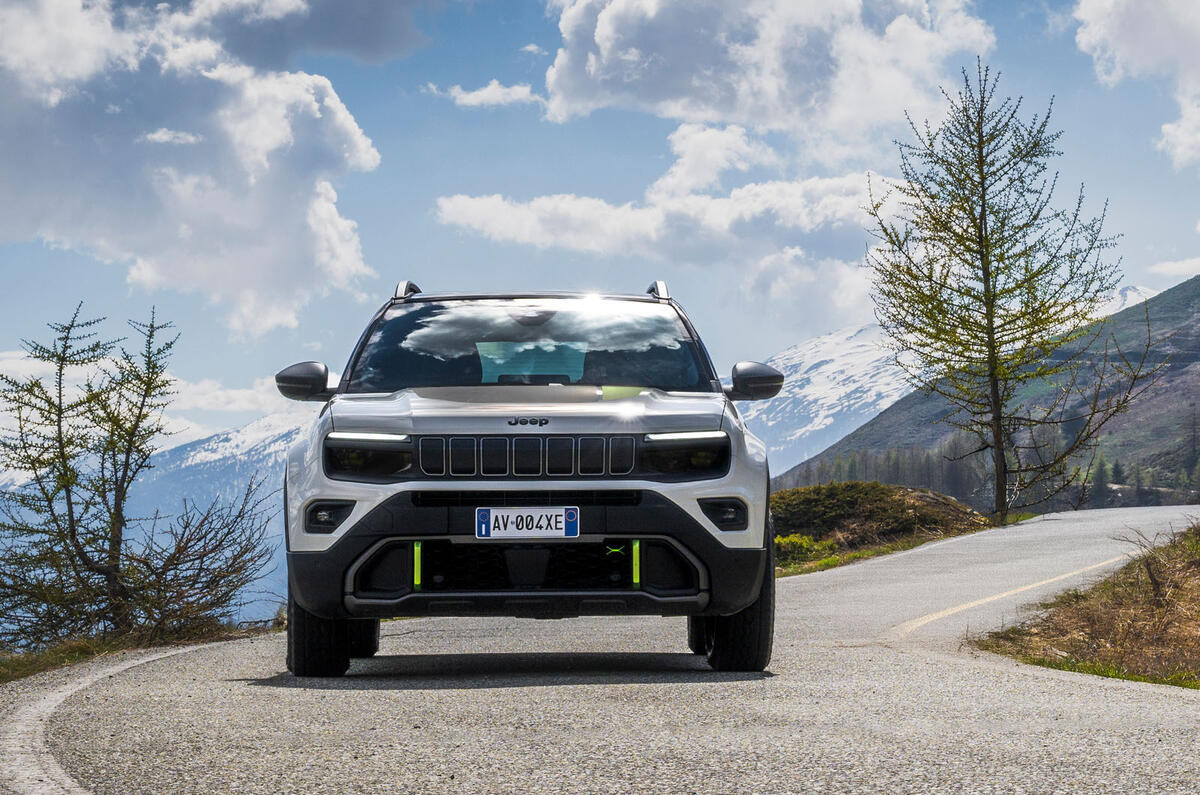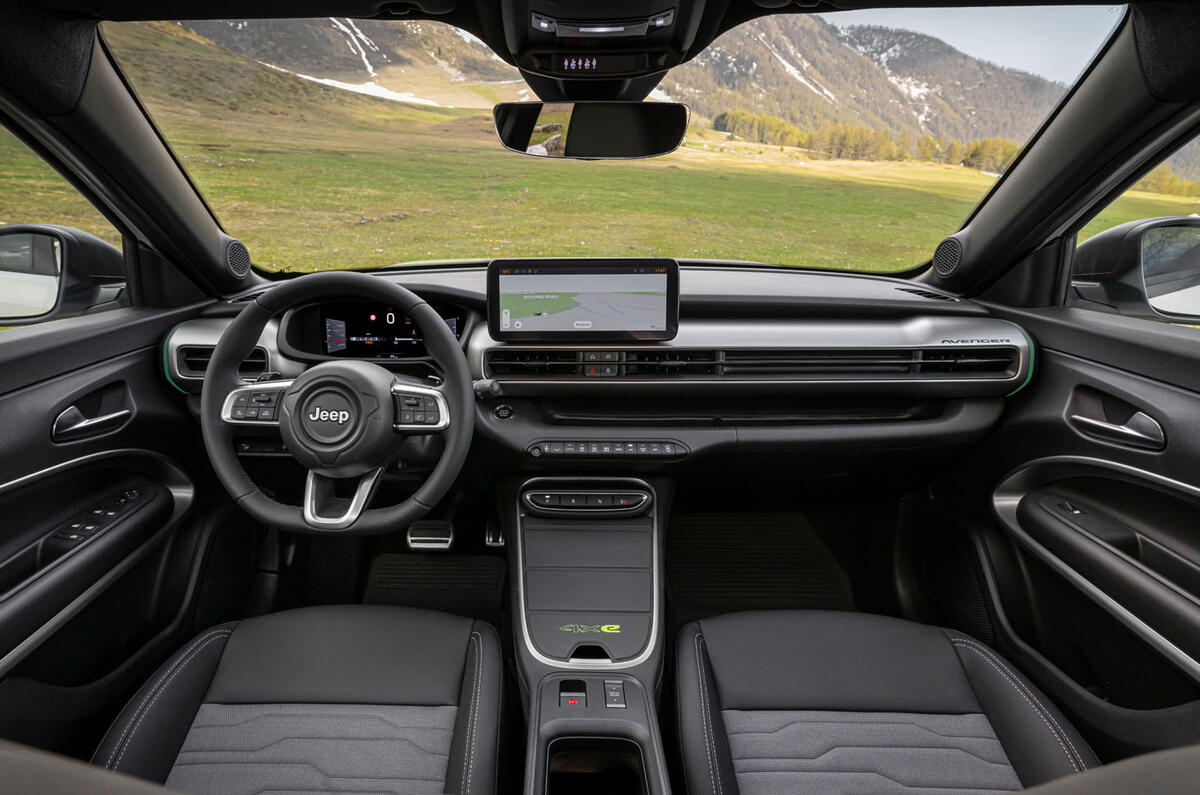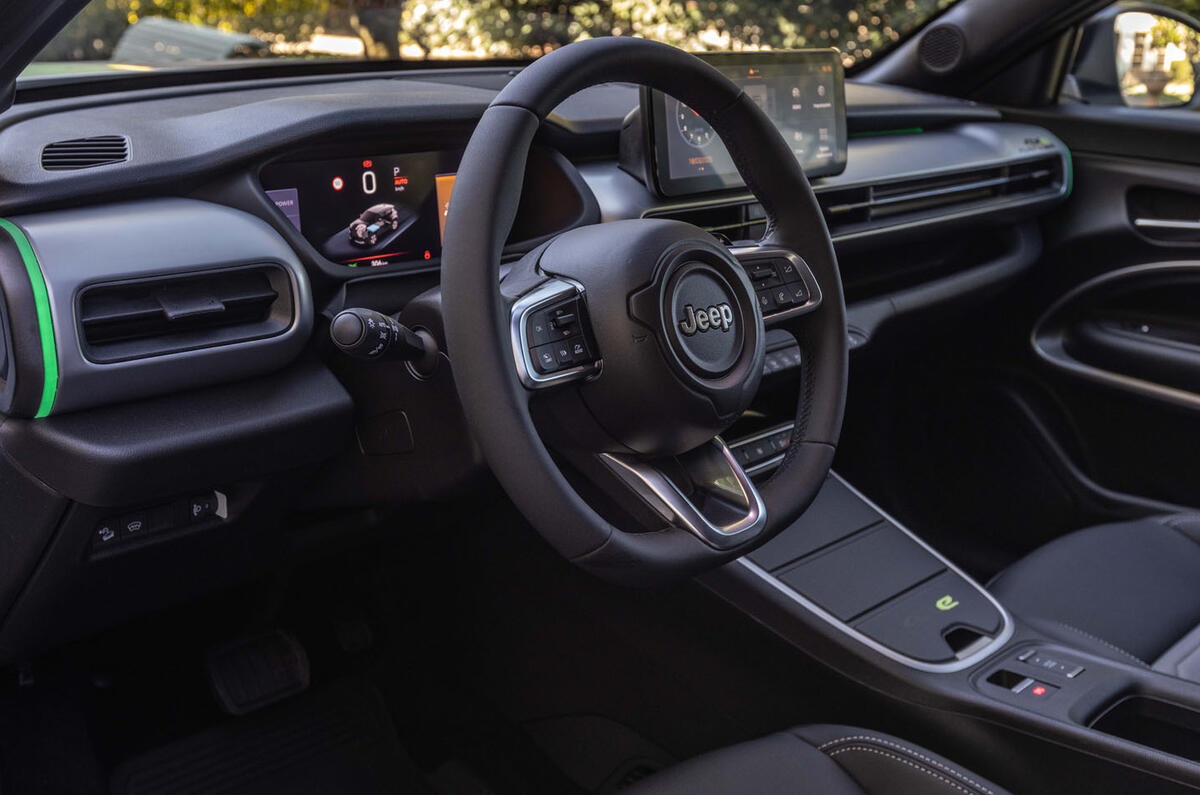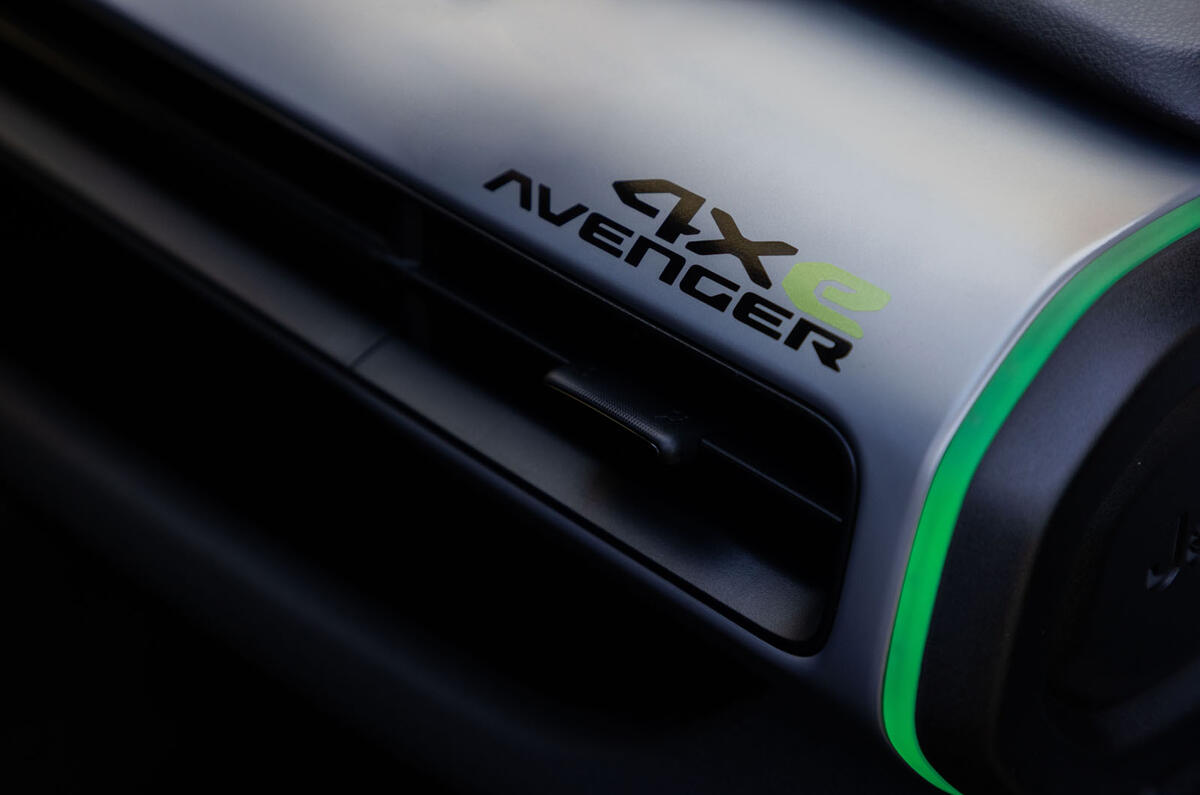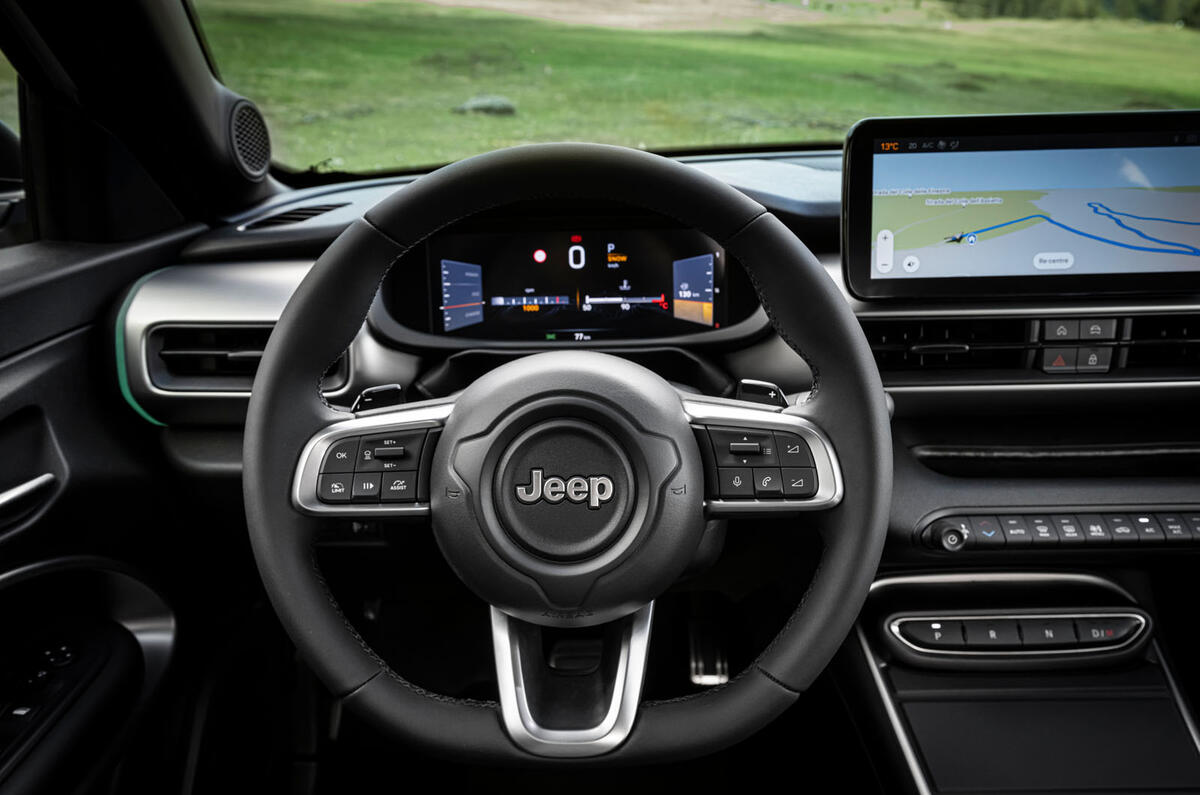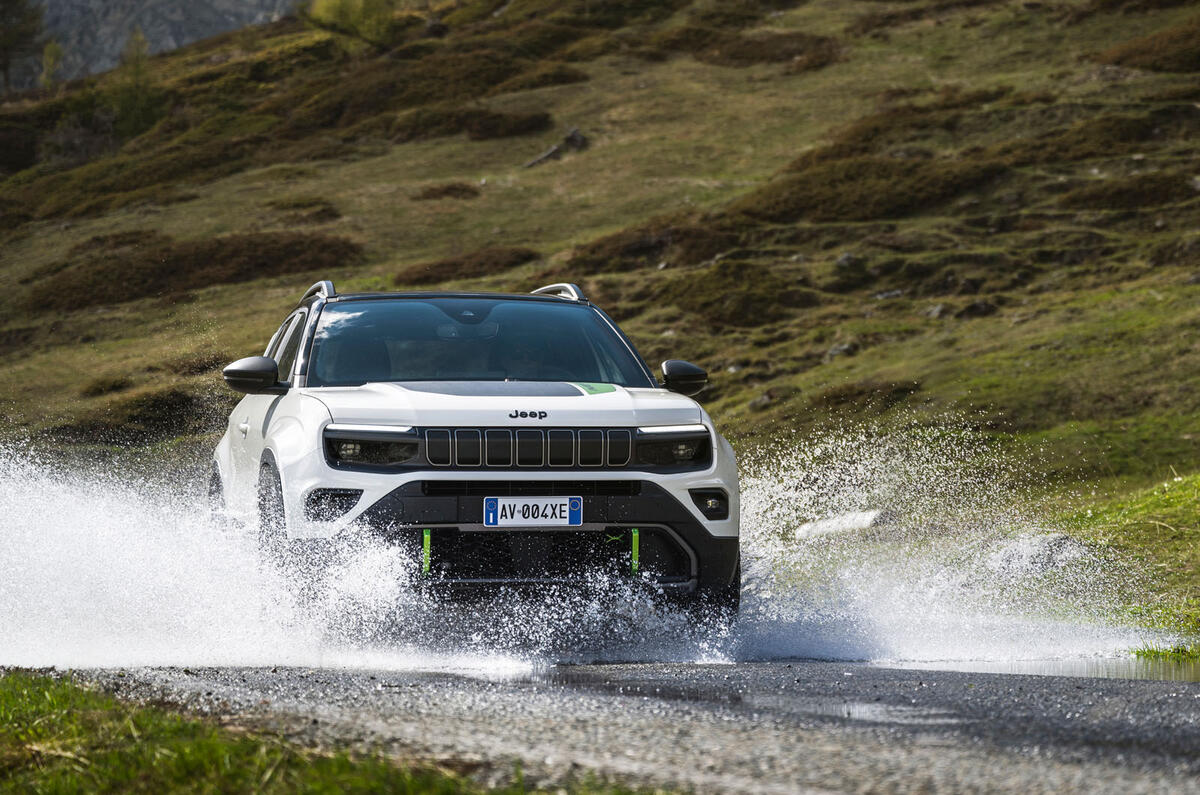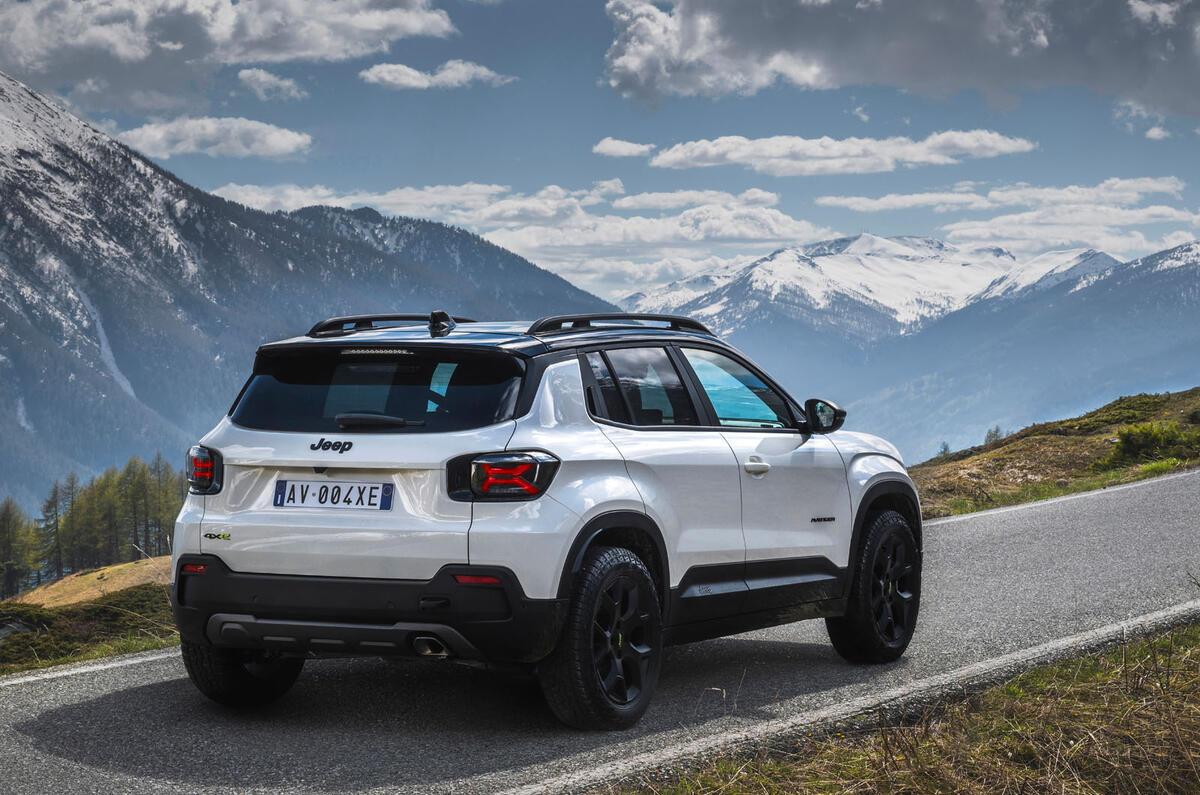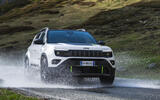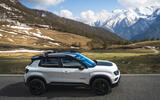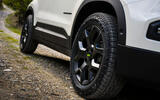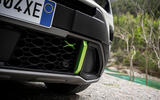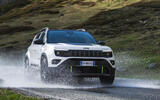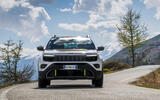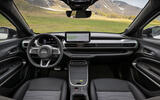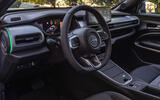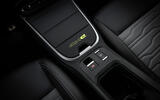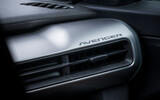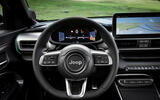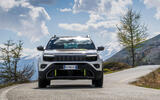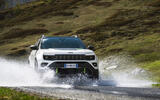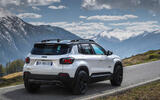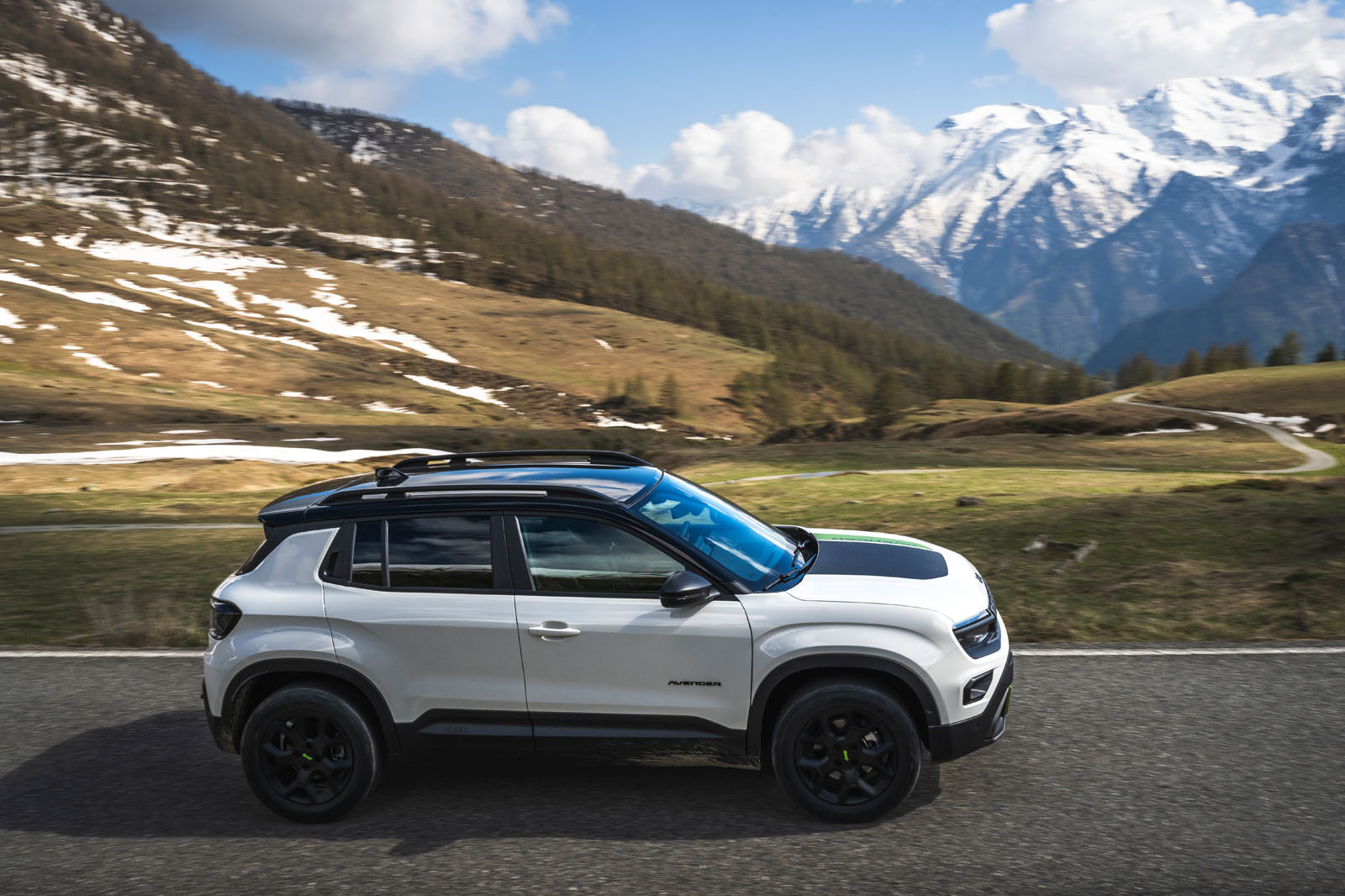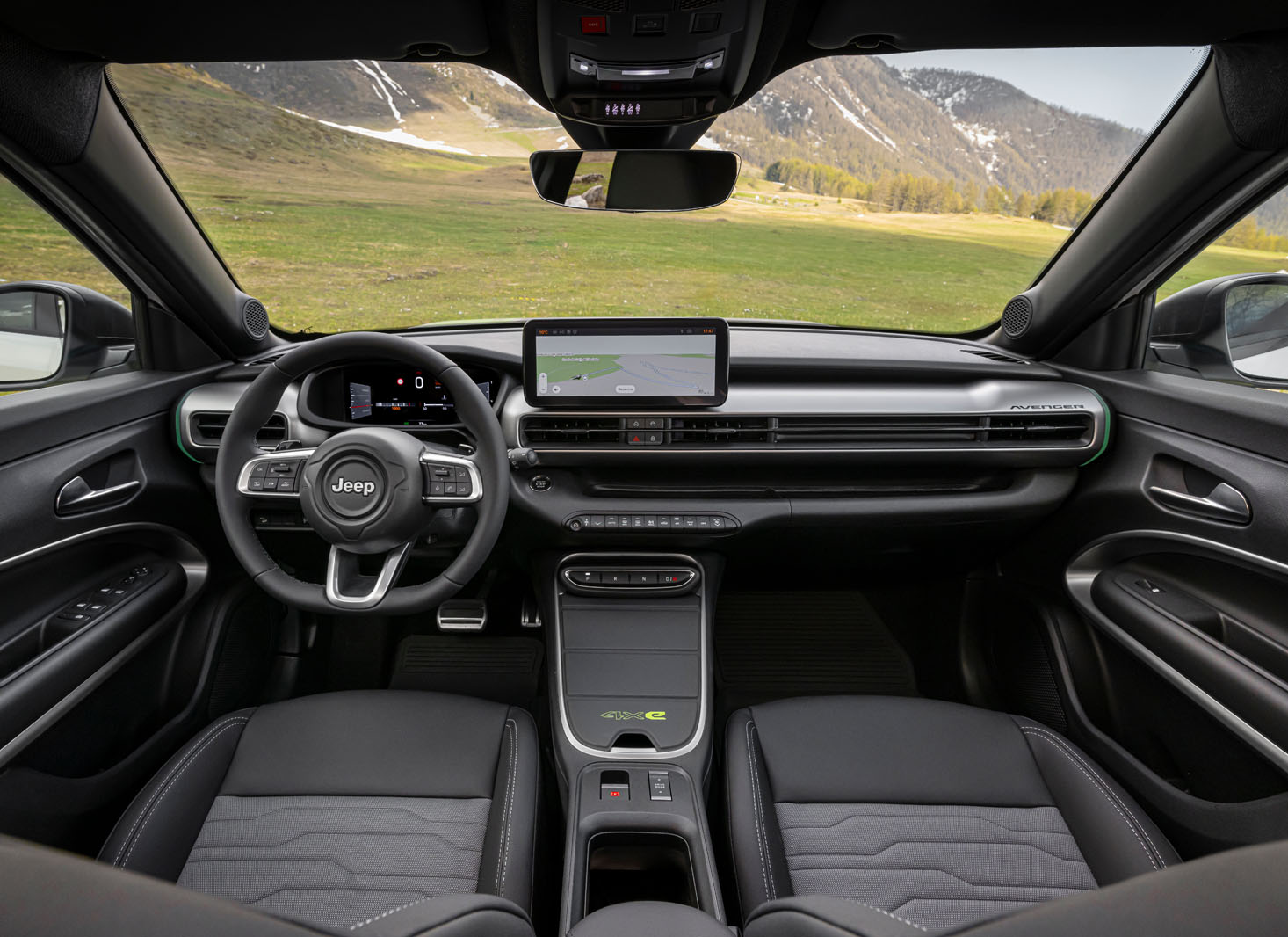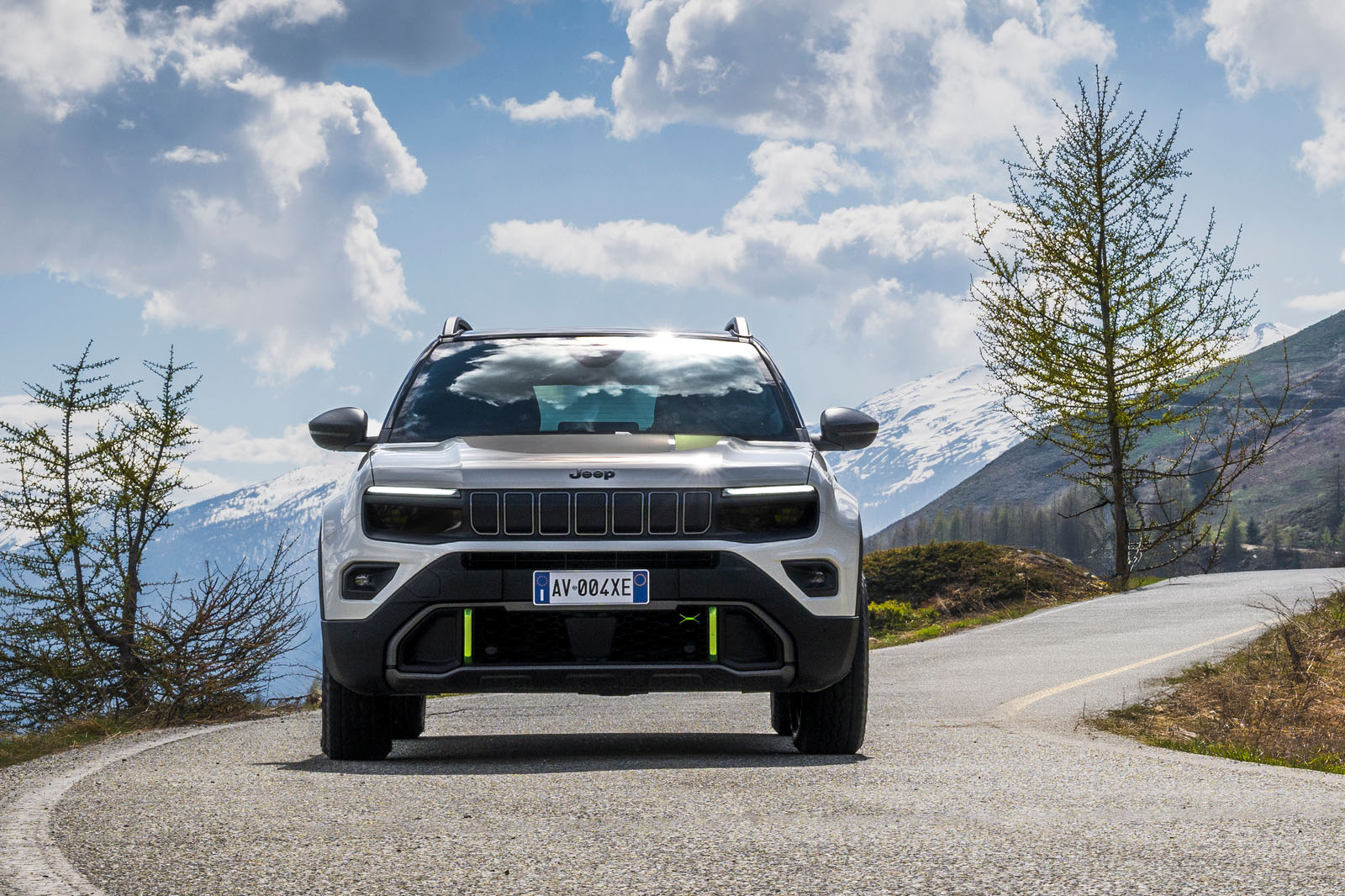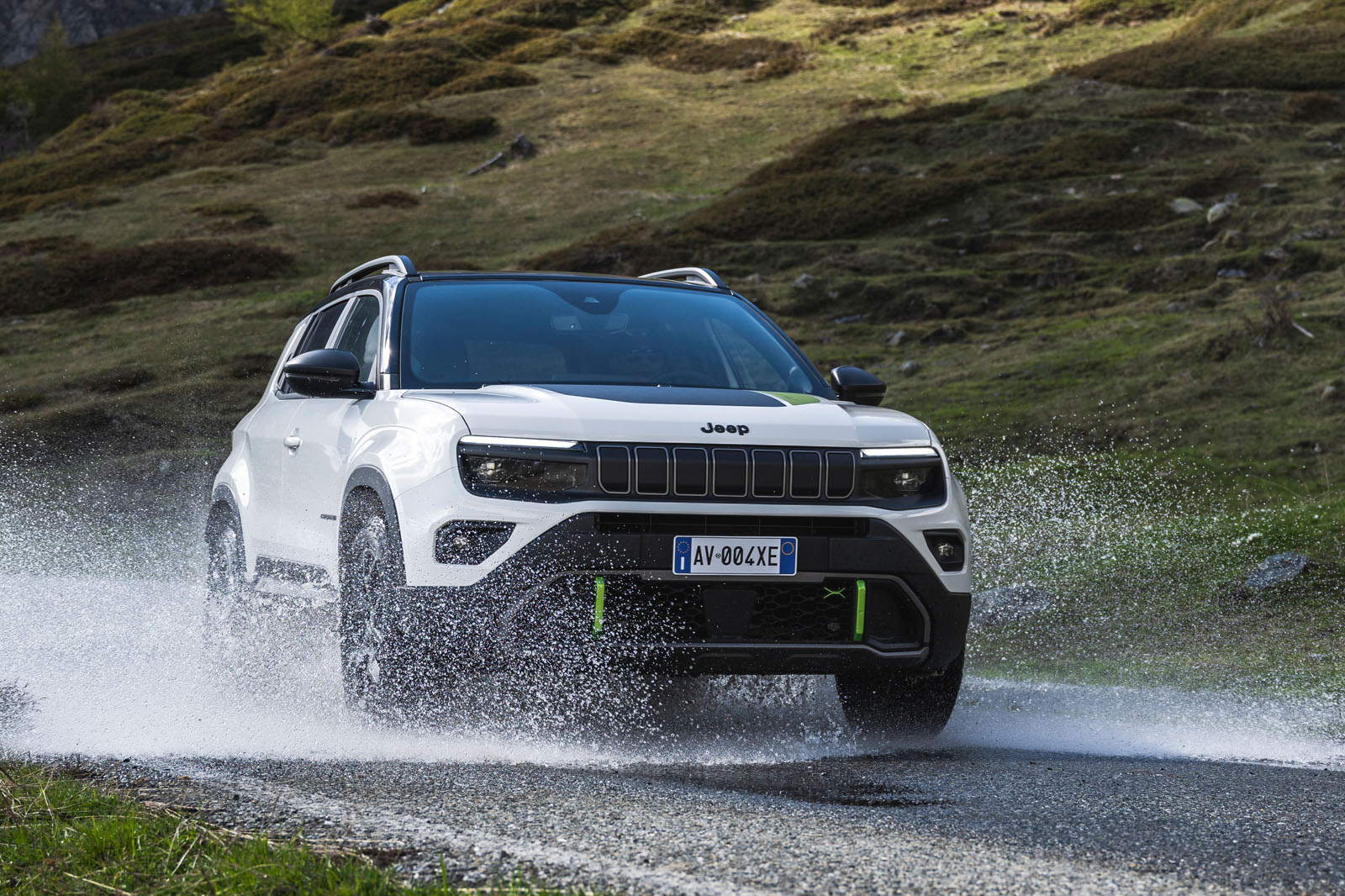The Jeep Avenger is now an intriguingly multifaceted little car – so it's little wonder that Jeep's UK sales figures have been rocketing up lately.
This baby crossover was initially available exclusively as an impressive urban electric car, but now it also comes as a modest manual petrol, an electrified automatic petrol and a proper four-wheel-drive off-roader.
The basic 1.2-litre Avenger is available in three trim levels. Regrettably, though, even the cheapest of them is priced from £25,750 – considerably more than its admittedly less trendy Peugeot 208 and Vauxhall Corsa siblings.
Adding an automatic gearbox brings with it a mild-hybrid system and raises the price by £1000.
The fully electric Avenger, with its 249-mile range, starts at £29,999. That car is reviewed separately here.
Then from £31,219, there's the Wrangler-imitating 4xe, which gets 4WD by way of a second electric motor on the rear axle, and a Scrappy-Doo character from its beefier bumpers, roof bars, tow hooks and underbody cladding.
The model range currently tops out at £35,219 with a special edition of the 4xe created in collaboration with The North Face, a renowned maker of outdoor exploration gear.
New Jeep Avenger cars in stock





